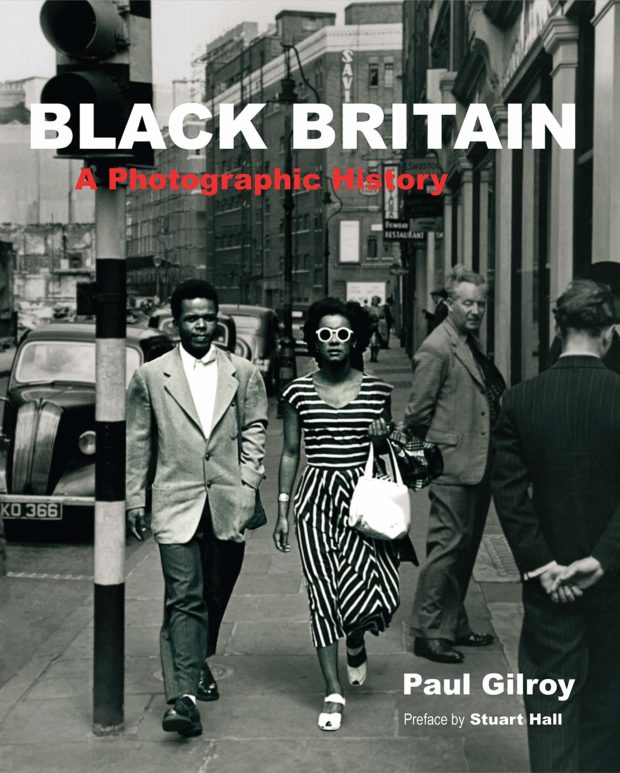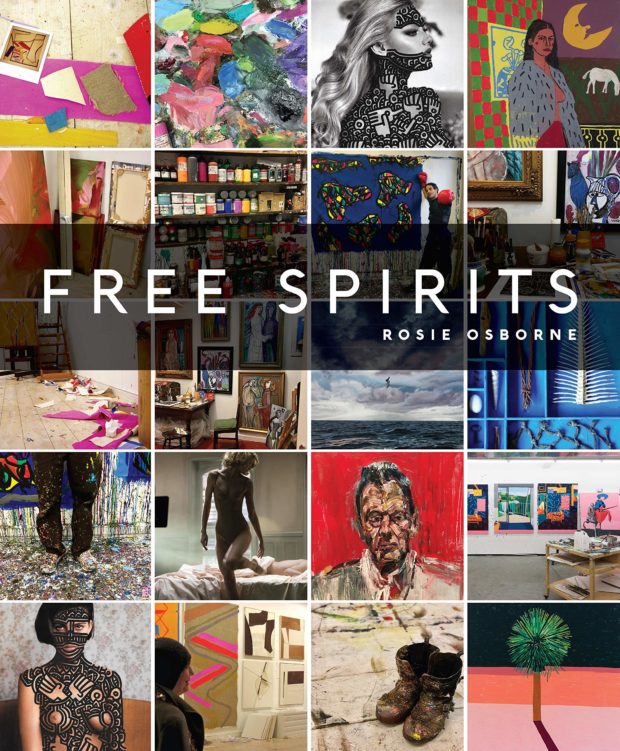Where photobooks were once used as a platform to express new photographic processes and singular ideas, their development in recent years has seen experimental displays of photography, encompassing not only a collection of standalone images but a history and reminiscence of their own. From the documentation of social constructs, to the representation of particular aspects of people and life, the following artists bring relevance and renaissance to the craft of the photobook.
Paul Gilroy
Paul Gilroy, Professor of Social Theory at the London School of Economics, draws together over two hundred and fifty photographs spanning over two centuries of black British people in his book Black Britain: A Photographic History. With other publications including There Ain’t No Black In The Union Jack, The Black Atlantic and After Empire, Gilroy is renowned for his work exploring the social and cultural dimensions of British blackness and black Britishness.

With a foreword by scholar Stuart Hall and a commentary by Gilroy, the book documents the lives of black British people from the 1800s through to the Windrush generation to the early days of Notting Hill carnival and beyond. From those who fought for Britain under colonial rule and the wave of West Indians who came to England after WWII to restore a war-destroyed Britain to the likes of Jackie Edwards and Bob Marley introducing ska and reggae to the masses, influencing British music for years to come [Summary by Mireille Cassandra Harper].
Of note: a 1972 image of children playing hopscotch at a community centre in East London; Champion Charleston dancer, Gwendlyn Graham with the chorus of Blackbirds on the roof of the London Pavillion theatre in 1928; and Pygmy tribespeople from the Ituri Forest in Central Africa on the terrace at the House of Commons in 1902.
Danyelle Rolla
With her portfolio described as a “guide to working-class Britain”, Danyelle Rolla is determined to shine a different light on her roots and hometown. Stemming from the misrepresentation from the media of her beloved Liverpool and the working class people that make up Britain’s population, Rolla works to showcase the divisions within the country, particularly within the grasps of Brexit.
Danyellerolla / CC BY-SA
Hailing from Norris Green, Rolla was the 2018 winner of Portrait of Britain with her entry of an elderly woman named Dolly outside of a local pub. Set with the intention to give an alternative viewpoint to one of the poorest towns in Liverpool, Rolla told the British Journal of Photography, “There are so many glamorous, interesting characters that live there, and I wanted to balance the biased imagery and empower the people in the community.”
Her series, The Declaration of Independence, looks to explore why the working classes voted for Brexit, the effects of leaving the EU on communities, and in particular, the issues of social identity in a media-centric landscape.
David Gibson
British street photographer, David Gibson confesses that he probably spends more time looking at photographs than he does taking them. A photographer, curator and documenter of street photography, Gibson looks to bring together photo enthusiasts from around the world in collections that can be admired by a wide audience.
Gibson pursued photography full-time in 1994 before going on to complete an MA in Photography: History and Culture at the London College of Printing. Specialising in the intricacies and spontaneity of capturing street scenes, Gibson released his collection, 100 Great Street Photographs, in 2017.
Keen to unearth the construction of a new-age of photography, Gibson particularly acknowledges the use of smartphones and apps such as Instagram in opening up a new platform for photographers. The collection includes previously unpublished global work across double-page spreads with honest commentary by Gibson as well as the inclusion of around ten images taken on a smartphone.
Rosie Osborne
Inspired by the artists of her early days in St Ives, and later by the ones she met through work and travel, West London photographer Rosie Osborne’s first book, Free Spirits, features images and interviews with Sandra Blow, Danny Fox, Guy Yanai, Erin Lawlor and Samuel Bassett, among others.
Osborne began practising photography after her first visit to Paris in 2005 which led to her solo exhibition, Exposed, made up of the photos taken from the visit. Only 17 at the time, she soon after won ‘Best Photograph of the Year 2006’ before going on to study Politics, History of Art, English Literature and French at Richmond Upon Thames College. Furthering her studies at Sussex University studying English Literature and French, Osborne moved to Paris after graduating to work in interior design.
The day before her thirtieth birthday, Osborne released Free Spirits. The book details wide-spread encounters with artists in their homes and studios. Of the book, Osborne says, “The funny, tragic, inspiring words and stories that I heard over those 15 years were a compass for where I went next and the decisions that I made, and the energy of each person I interviewed has stayed with me ever since.”
Martin Parr
Often described as garish or grotesque, Martin Parr’s photographic collections have inspired emerging and experienced photographers for years. With heavy use of the closeness of human interaction, Parr’s early classic black and white images were replaced by bright and bold colours in his first colour publication, The Last Resort, in 1986.
svajcr / CC BY-SA
First coming to photography through his time spent with his Grandfather who practised amateur photography, Parr went on to study Photography at Manchester Polytechnic College before working for Manchester Council in Community Relations for around three months. It was then that he began working on his Home Sweet Home exhibition at the Impressions Gallery in York.
Spanning between 1982 with Parr’s Bad Weather to this year’s collection, Death by Selfie, each collection manifests by using scenes around the artist which look to touch upon the realness of human nature. Parr’s satirical outlook features dramatically within his work, from raw family scenes to a photographic autobiography.

